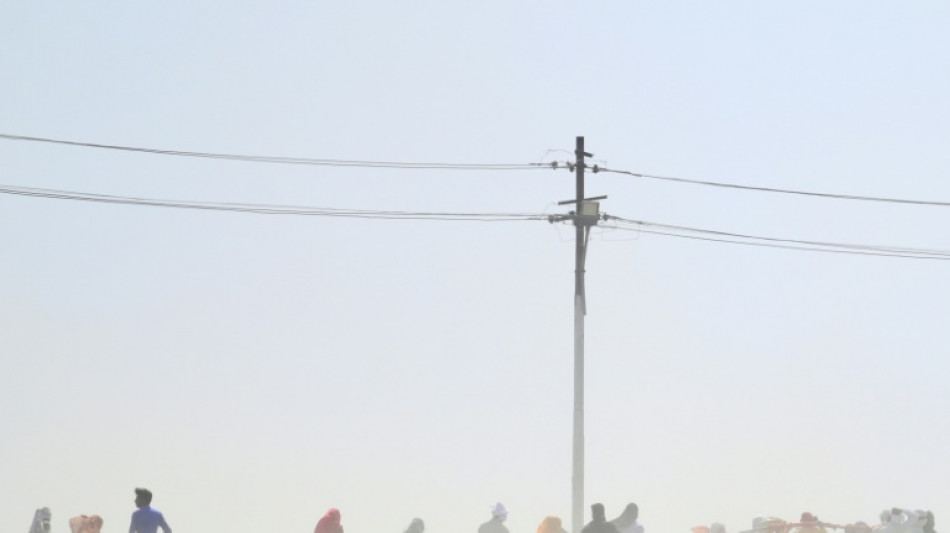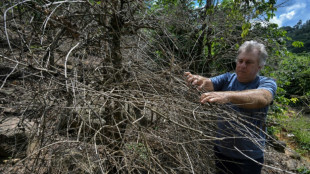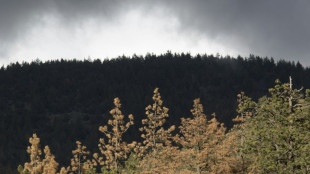

Threat from sand and dust storms spreading: UN
The UN warned Wednesday that the number of sand and dust storms are increasing "dramatically" with Central Asia most hit by the dangerous phenomena.
Toxic sand storms have plagued parts of desert and steppe covered Central Asia and North Africa and the UN said they are a threat to life.
The UN's Convention to Combat Desertification (UNCCD) is meeting for five days in the historic city of Samarkand, just under a week before the COP28 climate change summit opens in Dubai.
"The sight of rolling dark clouds of sand and dust engulfing everything in their path and turning day into night is one of nature's most intimidating spectacles," Ibrahim Thiaw, UNCCD's secretary, said in a statement.
"It is a costly phenomenon that wreaks havoc everywhere from Northern and Central Asia to sub-Saharan Africa."
The agency said the storms impact areas far beyond their origin and that in some parts of the globe "desert dust doubled in the last century."
"An estimated two billon tons of sand and dust now enters the atmosphere every year, an amount equal in weight to 360 Great Pyramids of Giza," it added.
The experts warned the storms can have "life threatening" effects.
"Fine dust particles are carried to high tropospheric levels (up to a few kilometres high) where winds can transport them over long distances," the statement said.
Last month, AFP met with residents in neighbouring Tajikistan who suffered respiratory and other health problems doctors said were caused by the storms.
Previously rare, such storms now start in spring and continue into the autumn in large parts of Central Asia.
The storms often start out in the dried-out stretches of the Aral Sea in Uzbekistan but also in the Kazakh steppes and in neighbouring Afghanistan.
W.Murphy--NG



